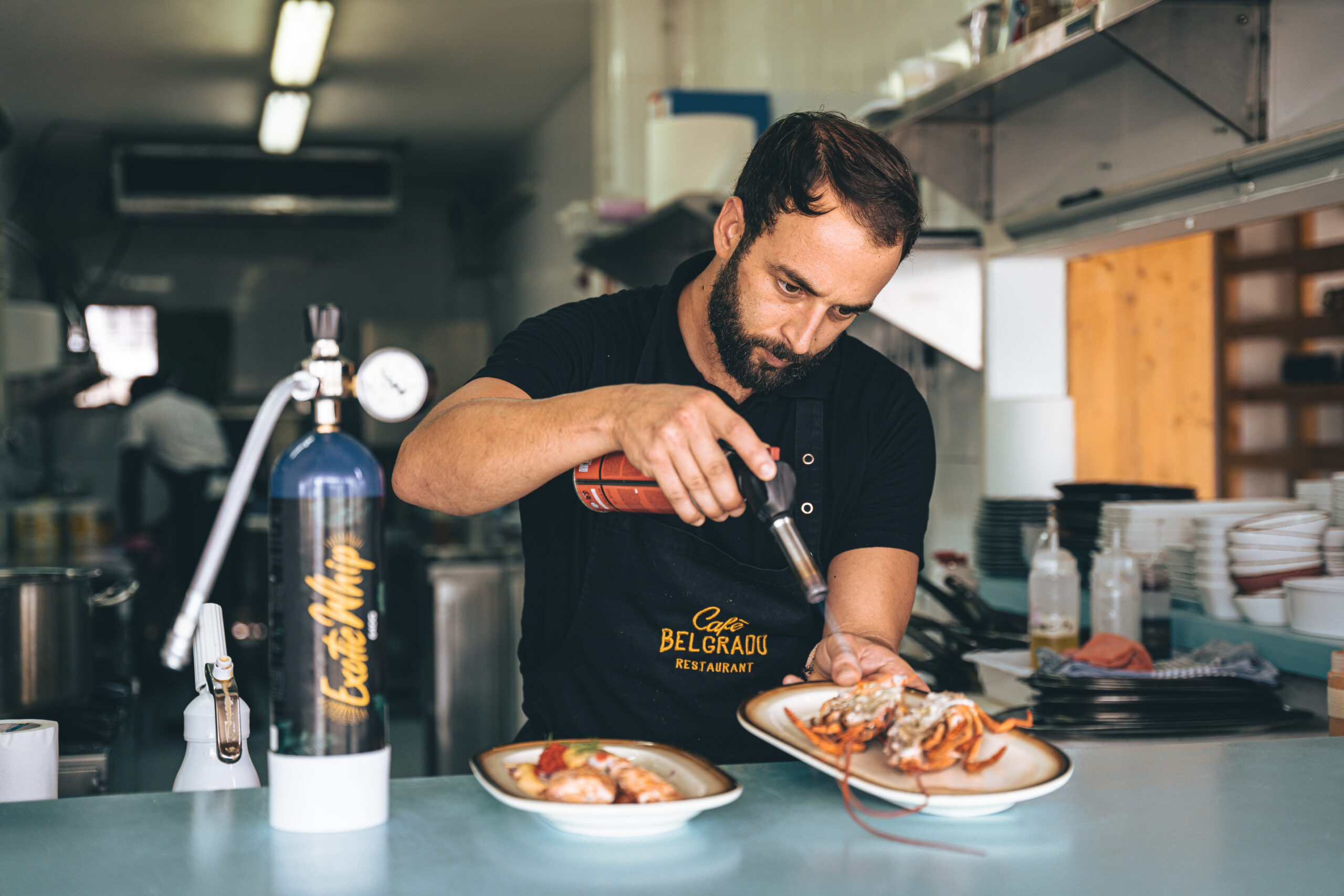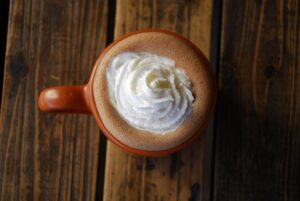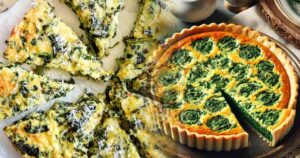What Is Molecular Gastronomy?
The Biggest Cream Charger Knowledge Base Online
Today’s most-sounding topic among chefs is molecular gastronomy. This culinary art highlights the physical and chemical aspects of food and liquid interactions. Some examples of molecular gastronomy techniques are displayed in this blog.

What is Molecular Gastronomy?
Once in a while, during a night out at a restaurant, you might experience the successes of modern cuisine, more specifically, molecular gastronomy.
Molecular gastronomy is a scientific discipline that mixes physical and chemical cooking processes. We call it ‘The art of achieving magical outcomes with basic ingredients in the traditional kitchen.’ Yes, it’s just a little bit more inspirational. The truth is, sadly for us, that not everybody can get to manipulate this branch. Only specialized people or restaurants apply molecular gastronomy techniques.
But even so, we have good news for you! You can still learn more about this culinary style that takes the science of cooking, selecting, preparing, serving, and enjoying to new heights.
How Does Molecular Gastronomy Work?
Molecular gastronomy is a precise scientific discipline within the culinary arts. How it works and what it involves is not yet told.
Previously we mentioned that this art mixes physical and chemical cooking processes. It works precisely because of the interactions of different ingredients that cause various effects, either at a physical, biological or chemical level. Every recipe, for instance, uses a different technique to produce savoury, functional, and artistic results. A suitable example is foams.
How to Make Food Foam?
Foams are one of the most known techniques for molecular gastronomy and are the perfect garnish for a dish. They are effortless, adaptable, and fun to make and eat. In cuisine, foams are a structure that traps air in bubbles. Or, in a more technical way, a stabilizing agent in which air finds itself suspended.
Foams have been present in many forms throughout the history of cooking, such as dished with whipped cream, meringue, and mousses. In these cases, air or another gas (like nitrous oxide) creates a lighter texture and a different mouth feel.
To get food foam, mix a liquid with an additive (emulsifier) that encourages the suspension of one fluid in another, like lecithin or Agar-Agar. After this, you place the final mix in a cream siphon.
Here is a step-by-step:
- Fill in your siphon with the mix created
- Close the cream siphon
- Shake the siphon
- Store the siphon in the fridge (if your recipe requires it cold) for a few minutes or longer, depending on the indications.
- Choose the proper nozzle and decorate your dish with a delicious fresh foam.
Tip: On Exotic Whip, we offer flavored syrup that you can implement to make infusions or flavored foams.
Examples of Molecular Gastronomy Techniques
- Smoking: You can quickly finish food with a smoking gun. This method creates a brief, attractive presentation of smoke upon serving and leaves an aromatic flavour. A few things you can smoke are cocktails, beer, sauces, dressings, meat, butter, oysters, raw fish, salads, chocolate, meringue, and much more.
- Carbonating: Another famous molecular gastronomy technique is adding carbon dioxide to spark an ingredient. Carbonating ingredients like sugar can create air bubbles to add a popping sensation to sweets and desserts.
- Thickening: Thickening is a cooking technique that is essential in creating sauces and various dishes. This method of cooking is characteristic of French cuisine. In Western cooking, flour or other carbohydrate type has traditionally thickened liquids, especially gravies.
- Gelling: Do you want to get a moist and solid-flavoured touch? Then you probably have to try this technique. Apply this technique to give a smooth composition to beverages by making them into a gel. One of the most popular gelling agents is Agar-Agar.
Check out our quickest and easiest cream charger recipes you have to try!




